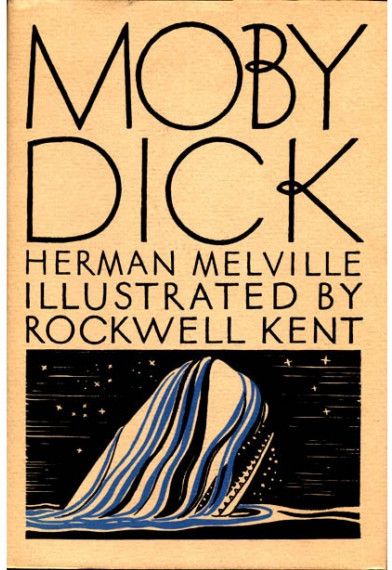The Most Effective Rhetorical Devices

Effective Rhetorical Devices: Introduction
The process of rhetoric is full of theoretical knowledge, and can sometimes seem intimidating to master. However, with the right strategies and tools, you can effectively use rhetoric to your advantage! Here are the most effective rhetorical devices to help you build a powerful argument and make a lasting impression.
Unlock the Power of Rhetoric with the Most Effective Devices
Rhetoric is a form of communication focused on enhancing the persuasiveness of an argument. It is deeply rooted in history and has been used to influence audiences for centuries. It is an essential tool for expressing ideas and for motivating others to action. To maximize the impact of your argument, you must be aware of the most powerful rhetorical devices.
Harness the Influence of Rhetoric with these Proven Strategies
The use of rhetoric is divided into three elements: ethos, logos, and pathos. Ethos is the appeal to ethics or morality to build credibility with the audience. Logos is the appeal to logic, using facts and figures to support the argument. And pathos is the appeal to emotions to stir sympathy and build a connection with the audience. Mastering these elements requires the use of rhetoric strategically and effectively.

Essential Tools for Mastering the Art of Rhetoric
One of the essential tools for mastering the art of rhetoric is to understand the fundamental techniques used. These include:
- Analogies: Comparing two different topics to demonstrate a concept.
- Metaphors: Explaining a concept through the use of a figurative comparison.
- Repetition: Repeating key words or phrases for emphasis.
- Similes: Comparing two different topics using “like” or “as”.
- Hyperboles: Exaggerating a sentiment to emphasize a point.
How to Enhance Your Argument With These Potent Rhetorical Devices
To use rhetoric to enhance your argument, it is important to understand the context and audience to which you are speaking. For example, you may choose to focus on appealing more to the emotion of the audience if you are speaking to an idealistic demographic, while you may opt to focus on providing data and statistics if you are speaking to a more pragmatic audience.
Once you determine the most relevant approach, the next step is to craft arguments that showcase the persuasive potential of rhetoric. Use vivid language and images to strengthen your argument, and emphasize the strength of your claims with powerful rhetoric.
Maximize Your Impact with the Most Effective Rhetorical Devices
The most effective rhetorical devices will vary depending on the context and audience, but there are several classic techniques that are sure to have an impact. These include:
- Entrapment: Applying a false dilemma to create a sense of urgency.
- False Analogy: Strengthening your case with an inaccurate comparison.
- Appeal to Authority: Supporting your argument with the credibility of an expert.
- Parallelism: Strengthening an argument by articulating ideas in parallel form.
- Rhetorical Question: Challenging the audience to think of their own answers.
Conclusion

Rhetoric is an invaluable communication tool that has shaped conversations and influenced opinions for centuries. With the right strategies and tools, you can harness the power of rhetoric to make a powerful argument and capture the attention of any audience. Use the most effective rhetorical devices to maximize the impact of your argument and make a lasting impression.

